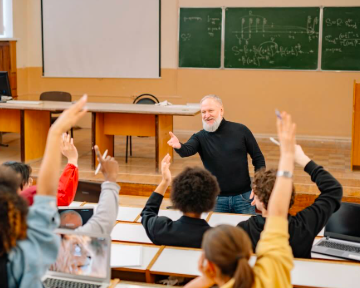In a fast-paced academic environment, students often find themselves juggling multiple assignments, extracurricular activities, and personal responsibilities. Learning to prioritize tasks is a critical skill that not only improves academic performance but also reduces stress and boosts confidence. In 2025, as education increasingly integrates digital learning and self-paced models, mastering prioritization becomes even more essential.
Effective task prioritization begins with clear goal setting. Students should start each week or day by identifying what needs to be accomplished and aligning tasks with short-term and long-term academic goals. Prioritizing high-impact activities, such as studying for exams, completing major projects, or attending key lectures, ensures that the most valuable tasks receive the attention they deserve.
Using tools like digital planners, to-do list apps, or physical notebooks can help students organize their responsibilities. Applications like Todoist, Google Tasks, or Trello allow for categorizing tasks by urgency and importance, helping students focus on what matters most. Visualizing the workload makes it easier to avoid last-minute rushes and missed deadlines.
One proven strategy is the Eisenhower Matrix, which categorizes tasks into four quadrants: urgent and important, important but not urgent, urgent but not important, and neither. This method teaches students to distinguish between what truly needs their attention and what can be scheduled, delegated, or eliminated.
Time management goes hand in hand with prioritization. Allocating dedicated time blocks for studying, assignments, and breaks helps build a routine and increases productivity. Students should review their progress daily and adjust their schedules to reflect new priorities or upcoming deadlines.
Learning to say no is also part of effective prioritization. Students who understand their limits are better equipped to decline invitations or commitments that interfere with their academic objectives. Communicating boundaries respectfully can lead to more balanced and focused routines.
Educators and parents can support students by modeling prioritization skills and offering guidance on how to break large tasks into manageable steps. Encouraging regular check-ins and discussions about workload helps students stay on track and avoid becoming overwhelmed.
By practicing prioritization consistently, students develop habits that extend beyond school life. These skills are transferable to future careers and personal projects, making learners more organized, goal-driven, and capable of handling complex challenges. In a world full of distractions and demands, the ability to focus on what truly matters is a powerful tool for success.






